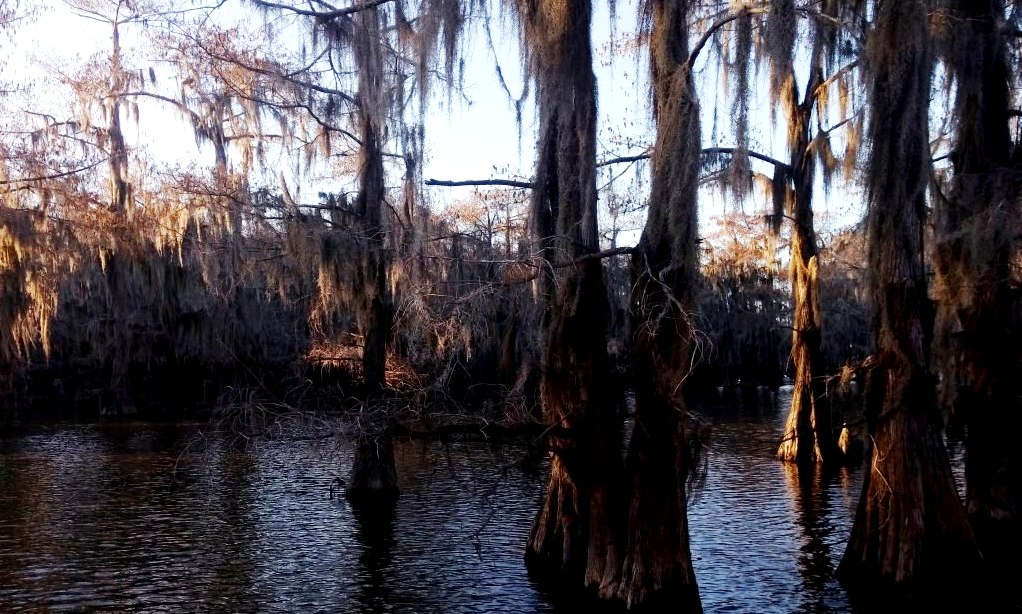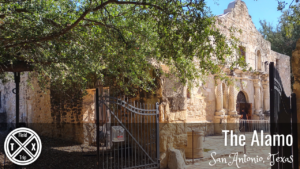Caddo Lake is often described as hauntingly beautiful. This lake is completely different from most Texas lakes. You won’t find jet skis and speedboats here. What you will find is a maze of paddling trails taking you through a forest of bald cypress trees and gauzy Spanish moss. You’re on the bayou now, where time slows down a little bit. So, relax and enjoy this truly unique part of Texas.
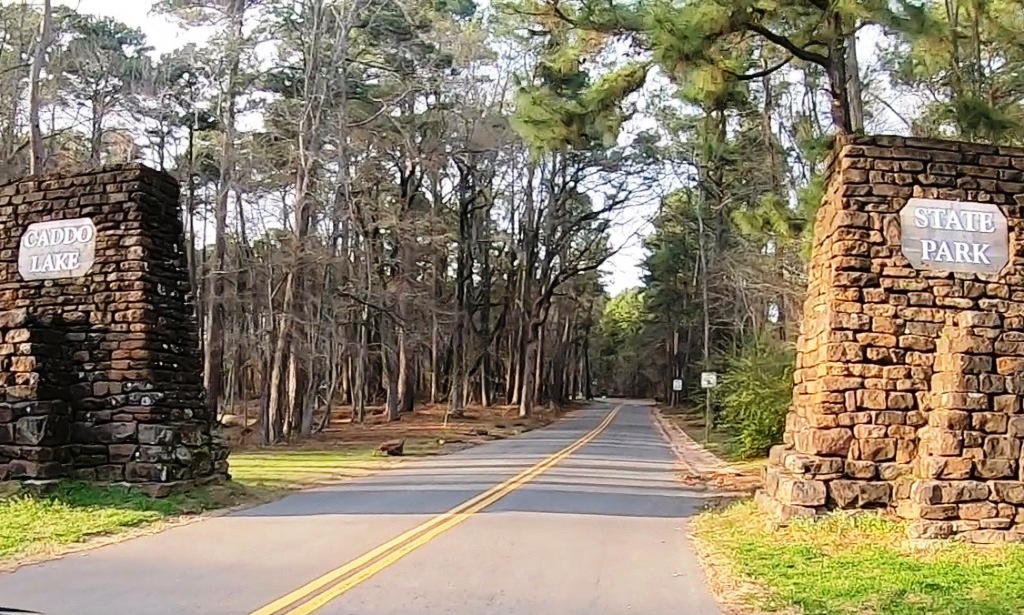
Caddo Lake is significant both historically and ecologically. Let’s begin with the history of this area.

Circa 1800-1840: Caddo Village
You’ve probably guessed that the park and lake were named for the Caddo, American Indians who first inhabited the area. They lived in a close-by village, Sha’chahdínnih (Timber Hill,) from about 1800 until they were forcibly relocated in the 1840s, ending their 1200 years of habitation in east Texas. Here, they hunted, fished, and farmed. They are also known for their ceremonial practices and extensive trade routes.
Check out Caddo Mounds State Historic Site for more about the East Texas Caddo.

1838-1870: Steamboat Port
Port Caddo was a bustling Texas port and frontier town, taking passengers and goods via steamboat from New Orleans to Jefferson. In its hey-day, it was the biggest river port in Texas
Up until a few years ago, you could take a ride on a replica steamboat, the Graceful Ghost. It sadly fell into disrepair, but has been purchased privately and is being restored.
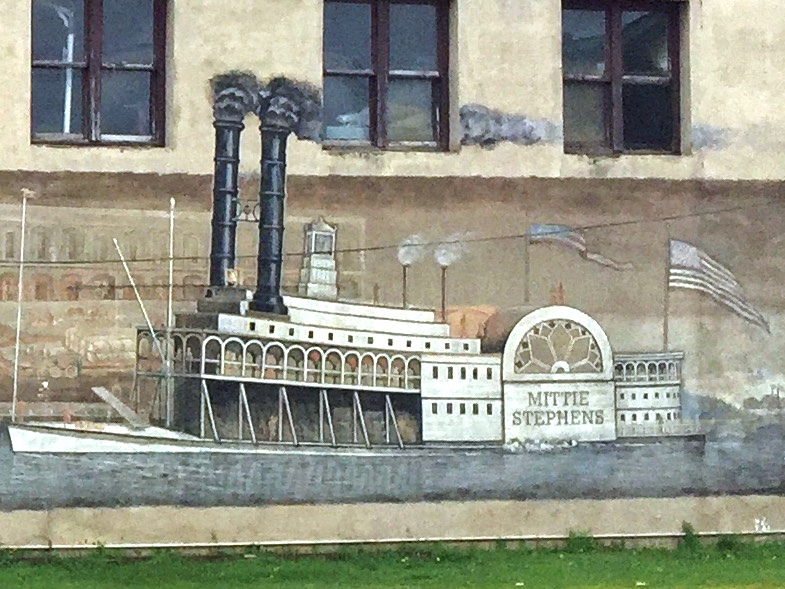
1909-1913: Caddo Lake Pearl Rush
After George Murata, an oil rig cook, finds two valuable pearls in mussels, the Caddo Lake Pearl Rush begins, attracting workers to leave their jobs and search for pearls. This came to an end in 1913 when a new dam caused lake levels to rise.

1933-1937: The CCC builds Caddo Lake State Park
The CCC (Civilian Conservation Core,) a Depression Era work program, built many structures still being used in the park today. Army barracks and a mess hall were converted into the 9 log cabins and group hall the park still uses today. The CCC-built pavilion and remnants of picnic areas are viewable along the hiking trails.
Visit the Texas Parks & Wildlife’s CCC Webpage to learn more.

1942-1997: The Longhorn Ammunition Plant
To support the WWII war effort, the Longhorn Ammunition Plant was established to produce TNT. It was later used during the Korean War and the Vietnam War. In 1988, the first of the infamous “weapons of mass destruction” US missiles were destroyed here. The area is now the Caddo Lake National Wildlife Refuge.

Now, let’s talk about the environment and wildlife here in the marshes. How did the biggest natural lake in Texas form? There are two answers:
The Caddo claim the lake didn’t exist before December 16, 1811, when the Madrid earthquake pushed water from the Mississippi River backward.
Geologists believe Caddo Lake was formed by a massive logjam, called the “Great Raft” on the Red River in Louisiana.
What resulted is a remarkable lake like no other, where you can find peace in a protected flourishing ecosystem.
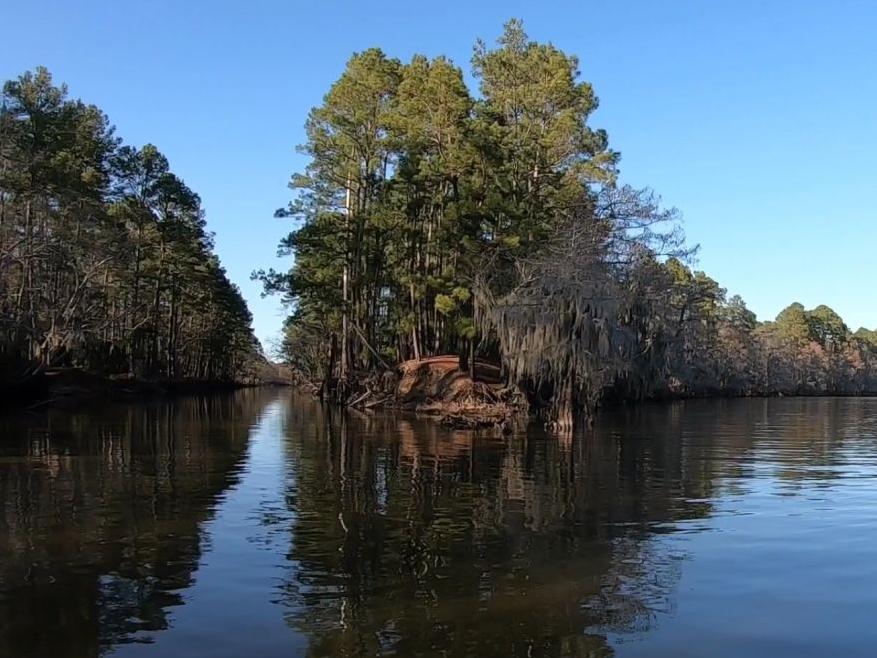
Plant Life:
The upland forest is comprised of pine, oak, and hickory. In the lake, you will find cypress trees, with hanging Spanish moss (which is an air plant,) as well as lily pads and American lotus.
Wildlife:
The Caddo Lake National Wildlife Refuge estimates that 216 bird, 47 mammal, and 90 reptile and amphibian species are living in the area, including the American alligator! Currently, a paddlefish restoration project is happening to reintroduce the American Paddlefish back into their native waters.
Waterways:
In 1993 Caddo Lake was designated a “Wetland of International Importance, especially as waterfowl habitat.” This international treaty aspires to protect wetlands throughout the world. Anglers will have good conditions for catching largemouth bass, white bass, and crappie.
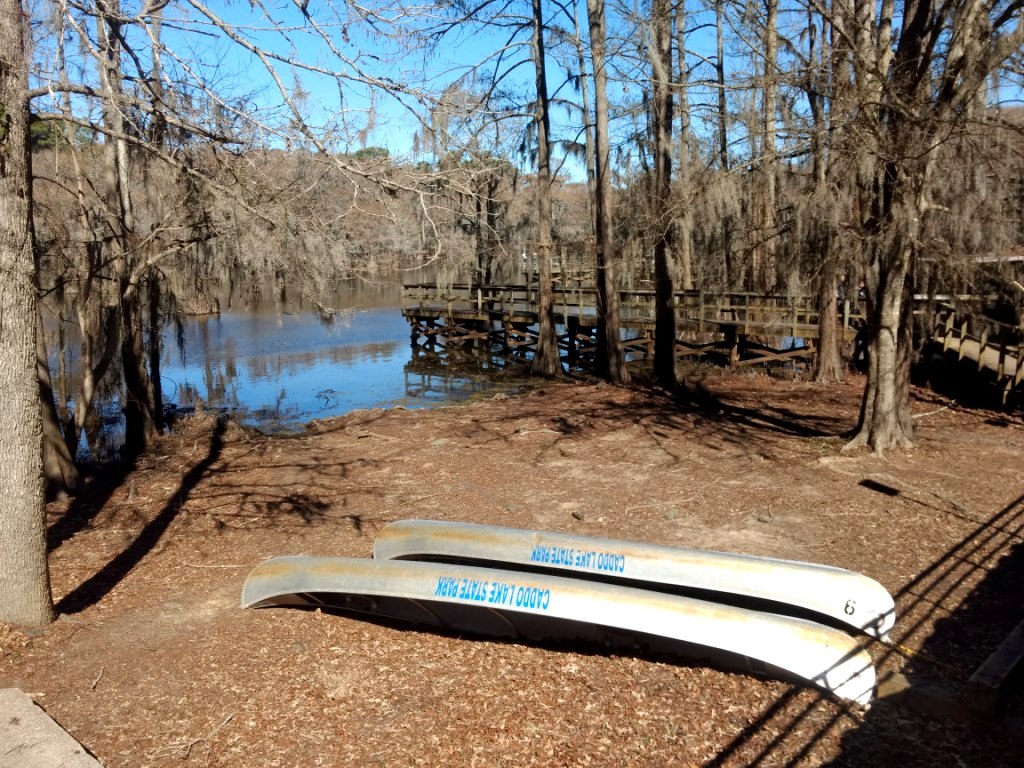
What to See and Do While you’re at Caddo Lake State Park
- Get on the Water!
- Book a boat tour from a local (our group enjoyed Captain Ron’s Swamp Tours,) or take out a canoe or kayak. Follow those trail marker signs so you don’t get lost in the Caddo Lake labyrinth.
- Hike
- With a few hours, you can hike all the trails in the park and see some of the flora and fauna, as well as CCC structures.
- Camp
- Choose from camping sites, screened shelters, or the historic CCC cabins.
- Picnic
- Geocache
- Attend a Ranger Program
- Become a Junior Ranger

The Basics
245 Park Road 2
Karnack, TX 75661
8 a.m. – 4 p.m. daily
Adult: $4 Daily
Child 12 Years and Under: Free
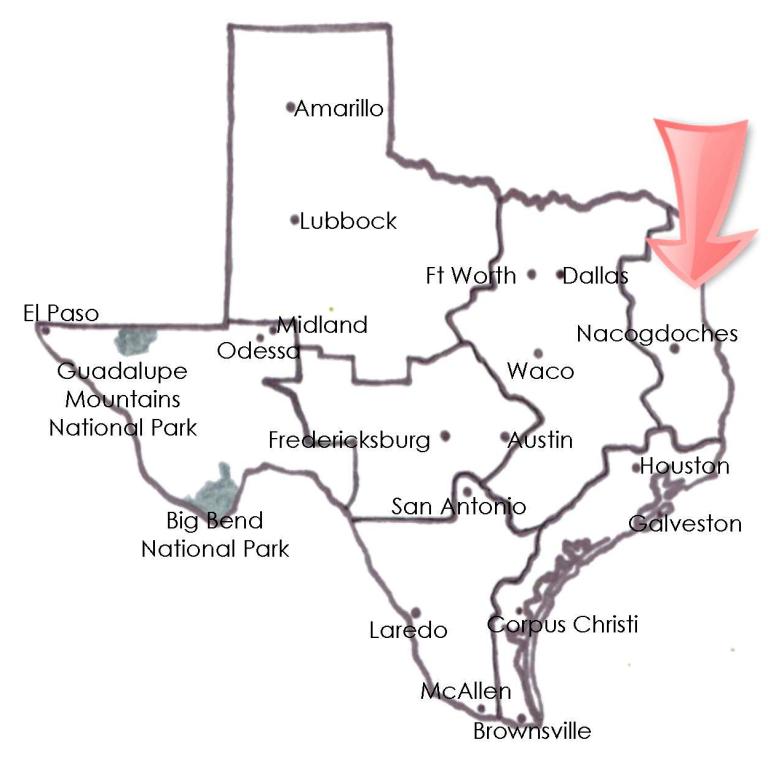
Tips for Visitors:
- For a little fun, you might try and spot the elusive Texas Bigfoot, thought to be hiding out in the Piney Woods of East Texas. You should be able to spot him somewhere in the nearby historic town of Jefferson, TX.
- There is a small gift shop and museum to peruse.
- Check the calendar for Ranger-led activities and other events at the park.
- The Caddo Lake National Wildlife Refuge is a very short drive away. You can view part of the abandoned ammunition plant here.

Additional Resources:
A short history of Caddo Lake
by Fred Dahmer (1989)


